by Ryan May 22,2025
For the last few generations, AMD has been striving to match Nvidia at the high end. However, with the introduction of the AMD Radeon RX 9070 XT, Team Red has shifted its focus away from the ultra-high-end segment dominated by the RTX 5090, and instead, targeted the majority of gamers with a graphics card that offers exceptional value and performance. At $599, the Radeon RX 9070 XT not only competes fiercely with the $749 GeForce RTX 5070 Ti but also stands out as one of the best GPUs available today. AMD enhances its appeal by introducing FSR 4, marking the first time AI upscaling has been incorporated into an AMD graphics card. This feature makes the Radeon RX 9070 XT the ideal choice for 4K gaming, particularly for those not willing to splurge on the pricier RTX 5090.
The AMD Radeon RX 9070 XT will be available starting March 6 at a base price of $599. However, prices may vary as third-party cards could be more expensive. Aim to purchase one for under $699 to get the best value.
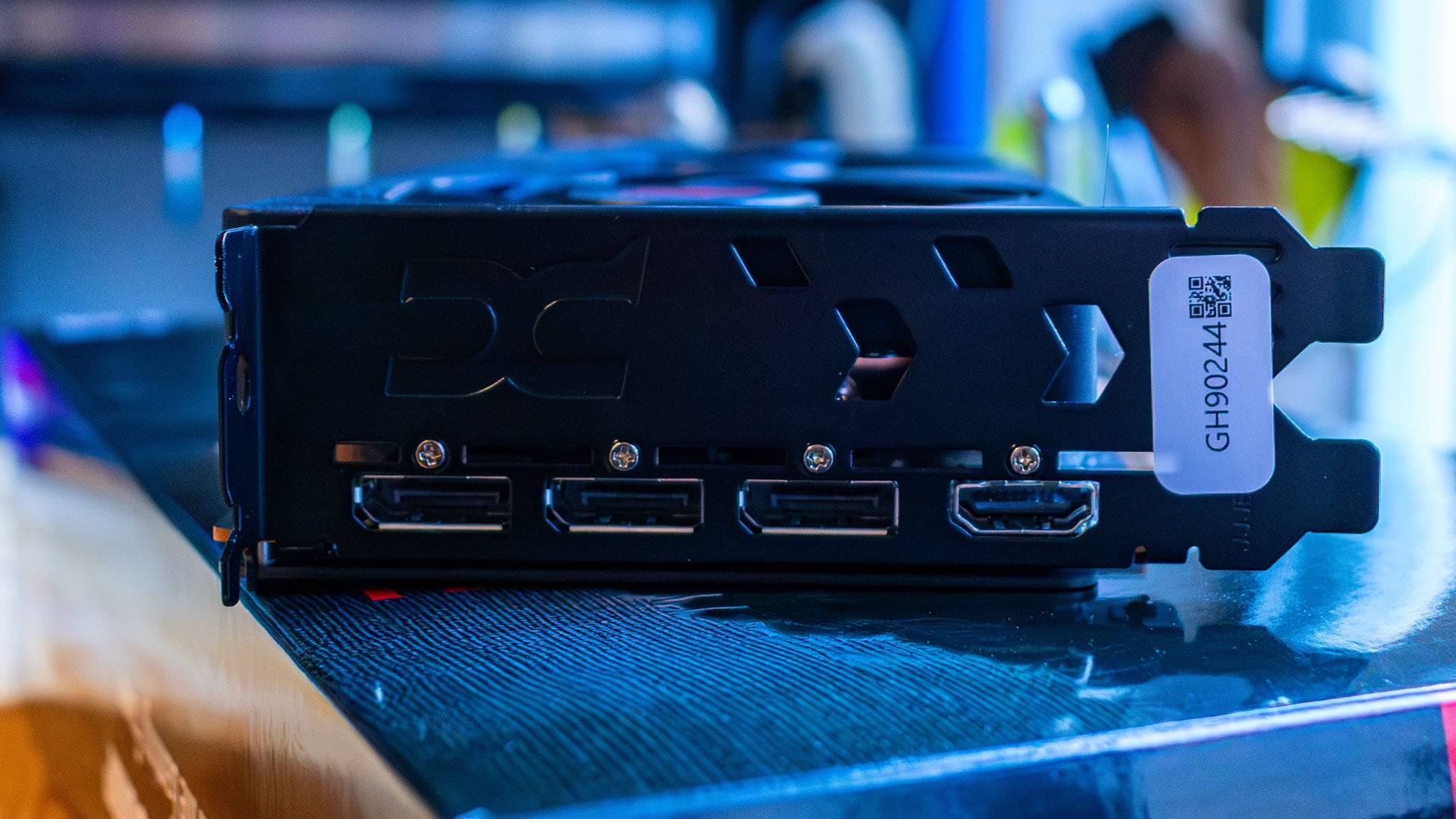
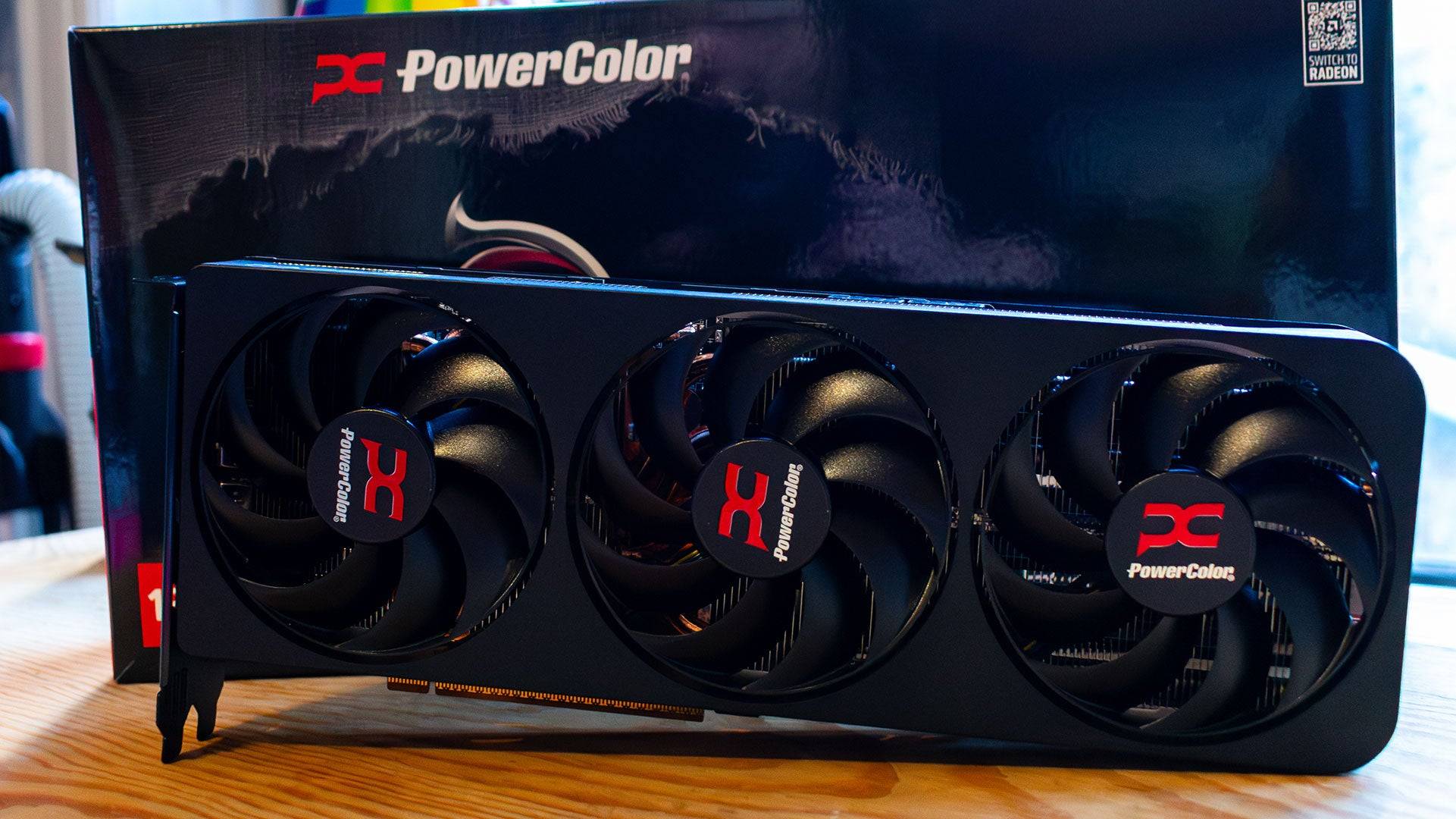 4 Images
4 Images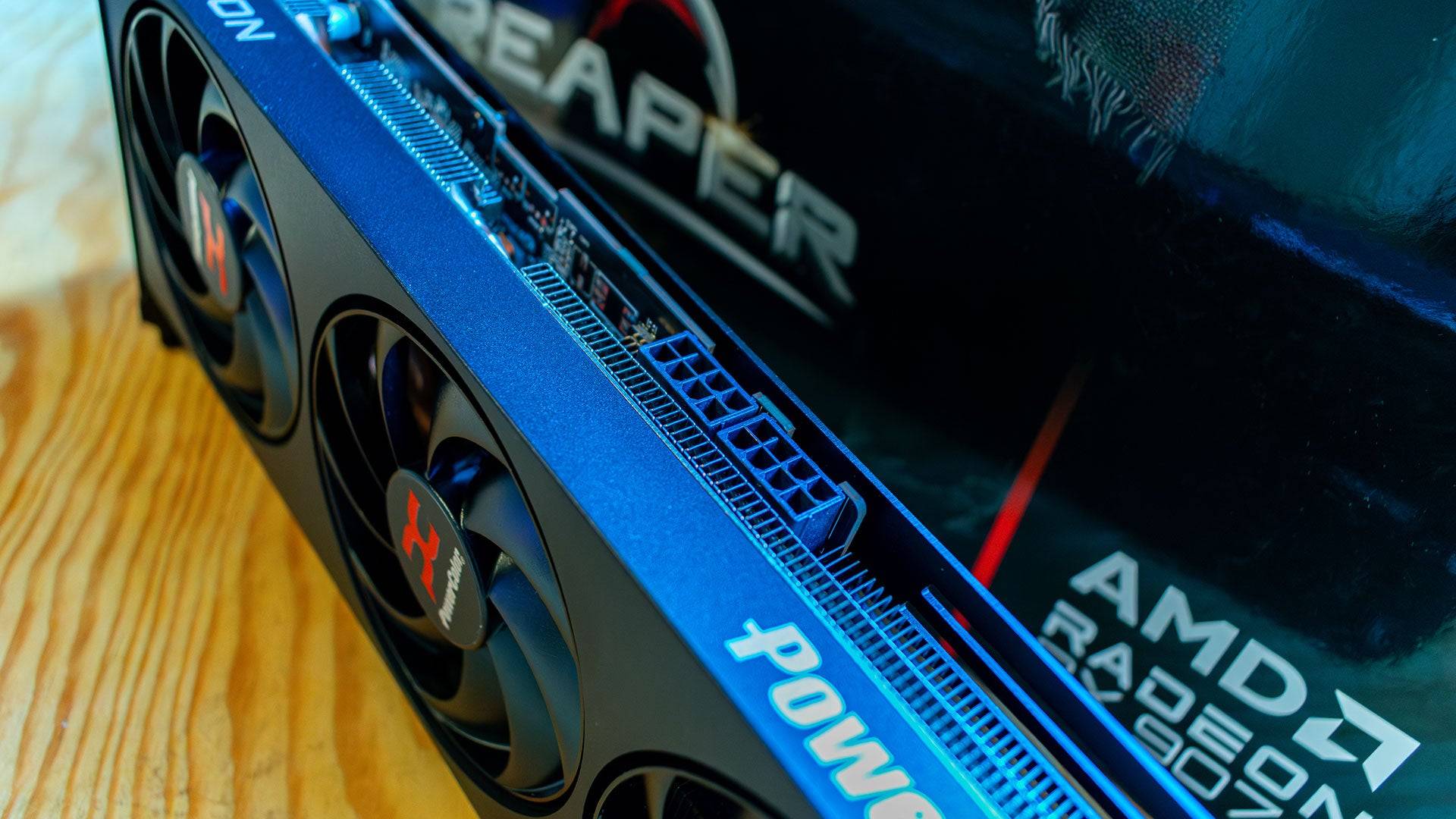
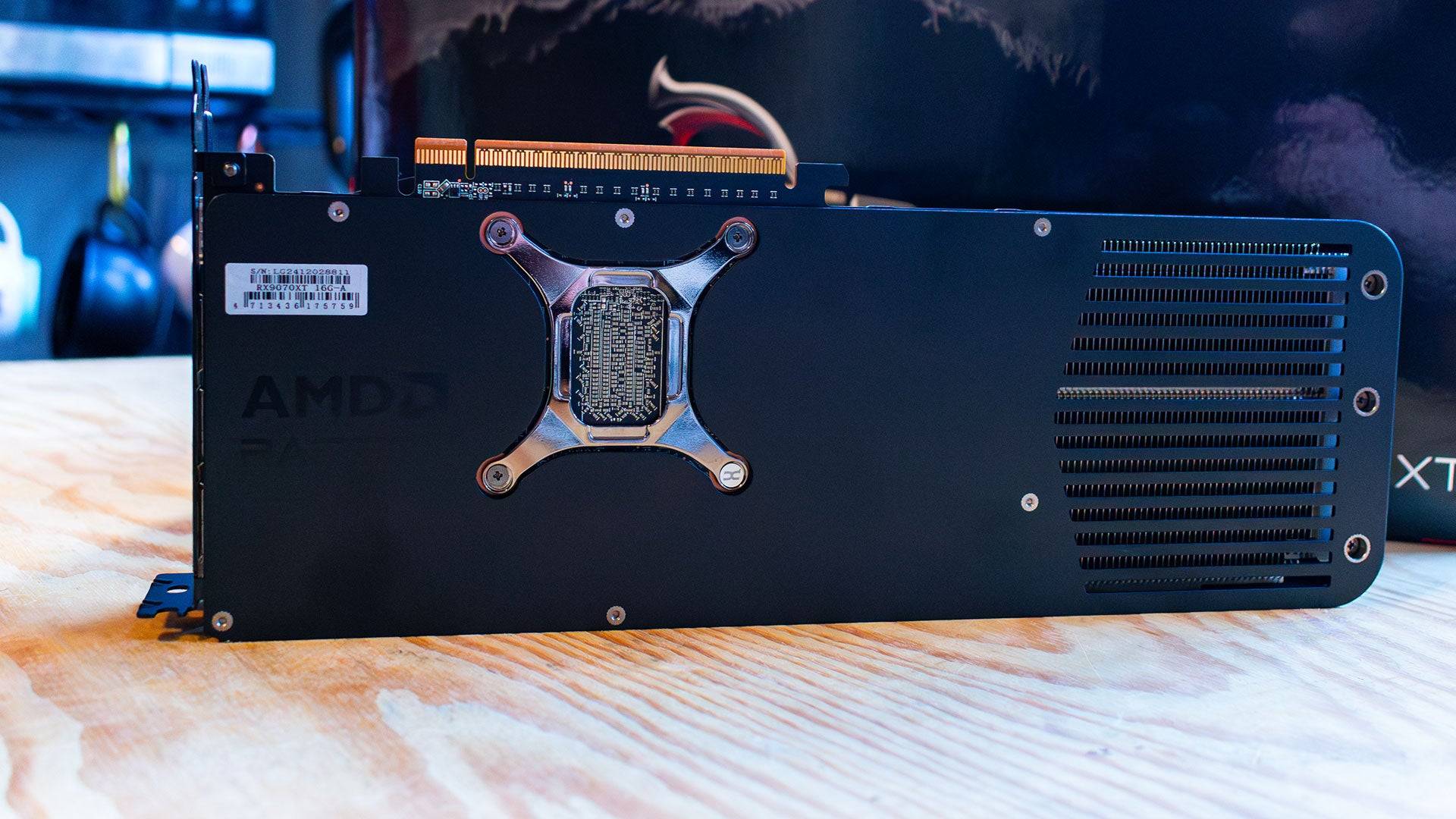
Built on the RDNA 4 architecture, the AMD Radeon RX 9070 XT introduces significant enhancements, particularly in its RT and AI Accelerators. The AI Accelerators power the new FidelityFX Super Resolution 4 (FSR 4), marking AMD's entry into AI upscaling. While FSR 4 may not boost frame rates as much as FSR 3.1, it significantly improves image accuracy, enhancing overall visual quality. Users can easily toggle FSR 4 on or off in the Adrenalin software, depending on their preference for frame rates or image quality.
Beyond AI upscaling, AMD has optimized the shader cores, boosting performance on a per-core basis. Despite having fewer Compute Units (64) than its predecessor, the Radeon RX 7900 XT (84), the 9070 XT delivers a notable generational improvement at a more accessible price point. Each Compute Unit features 64 Streaming Multiprocessors, totaling 4,096, along with 64 ray accelerators and 128 AI accelerators.
However, the Radeon RX 9070 XT has less memory than the RX 7900 XT, with 16GB of GDDR6 on a 256-bit bus compared to 20GB on a 320-bit bus. This reduction affects both capacity and bandwidth, yet it remains sufficient for most 4K gaming scenarios. The card's power consumption is slightly higher at 304W compared to the 300W of the RX 7900 XT, though my testing revealed the 7900 XT actually consumed more power at peak loads.
The Radeon RX 9070 XT does not have a reference design, relying entirely on third-party manufacturers. The Powercolor Radeon RX 9070 XT Reaper I tested, with its compact triple-fan design, maintained temperatures at 72°C during testing. The card uses standard two 8-pin PCI-E power connectors and includes three DisplayPort 2.1a and one HDMI 2.1b, though a USB-C port would have added more versatility.
AMD has finally introduced a competitive AI upscaling solution with FSR 4, aiming to rival Nvidia's DLSS. FSR 4 uses AI accelerators to upscale lower-resolution images to native resolution, offering improved image quality over the temporal upscaling of FSR 3, albeit with a slight performance trade-off. In Call of Duty: Black Ops 6 at 4K Extreme settings, the Radeon RX 9070 XT achieved 134 fps with FSR 3.1 but dropped to 121 fps with FSR 4, a 10% decrease, yet with enhanced visuals. Similarly, in Monster Hunter Wilds, performance dropped from 94 fps to 78 fps when switching to FSR 4. While the performance hit is noticeable, the improved image quality is a significant advantage for single-player gaming where visuals are paramount. FSR 4 is an opt-in feature, easily toggled in the Adrenalin software.

 11 Images
11 Images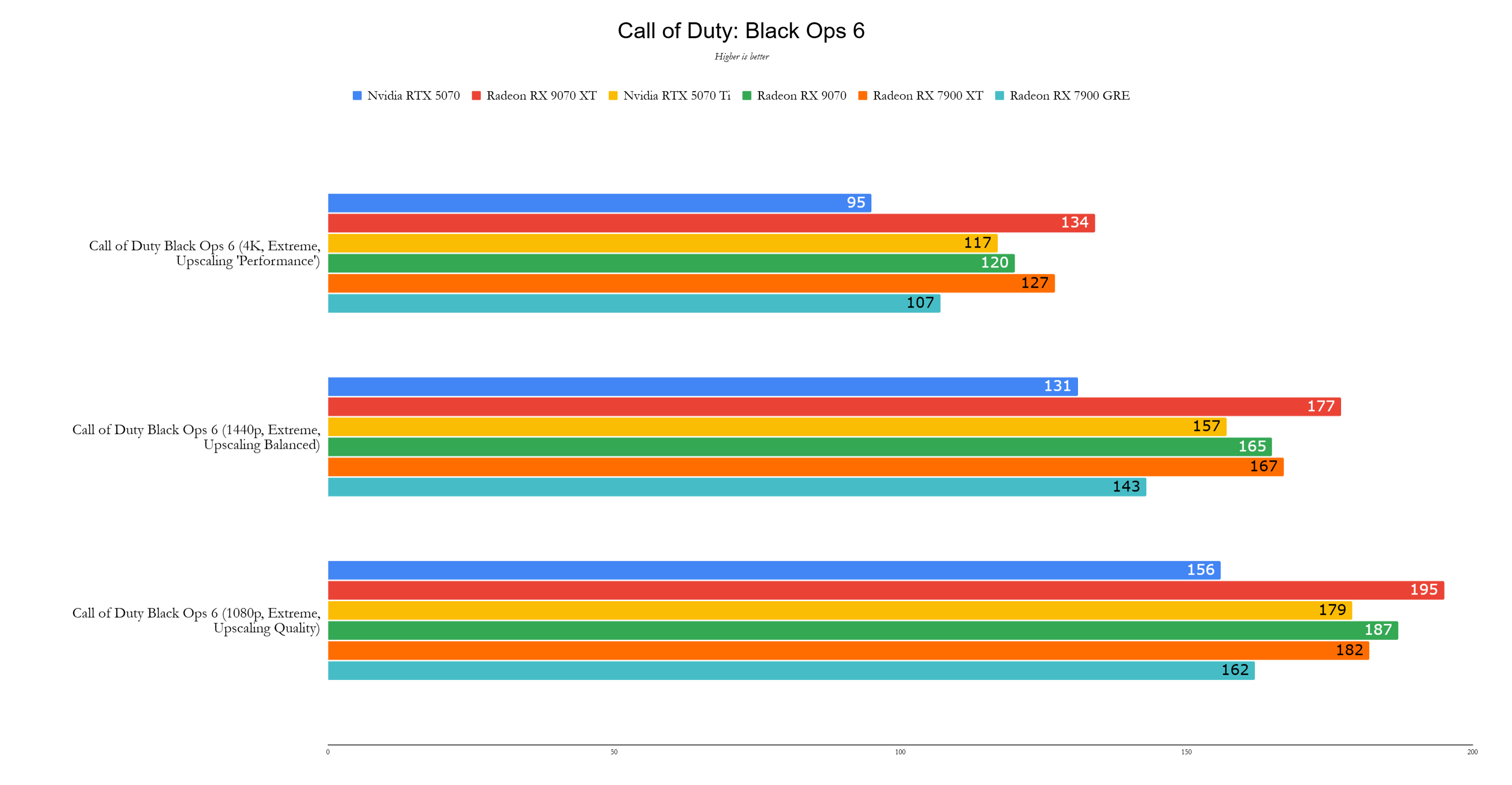
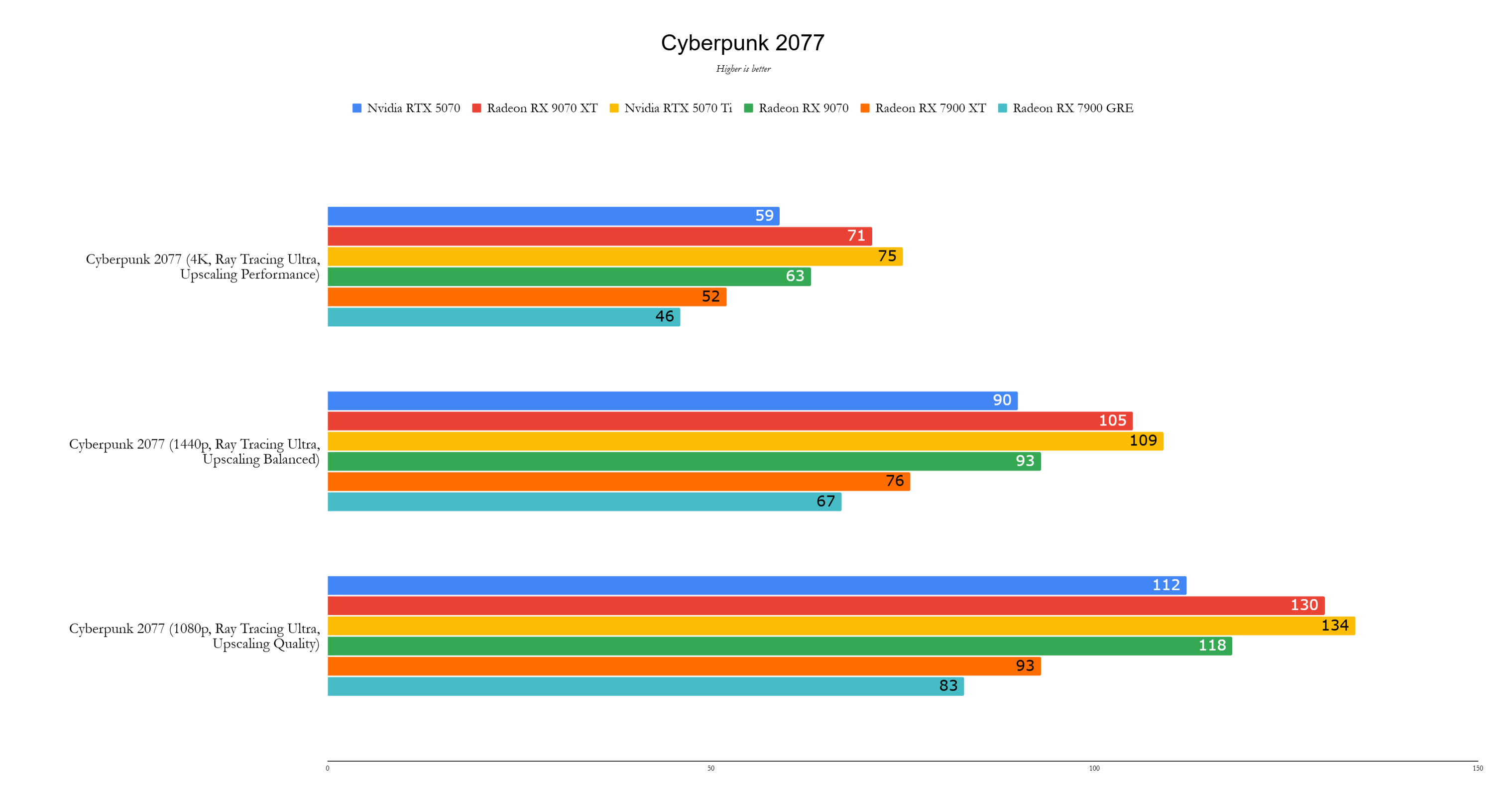
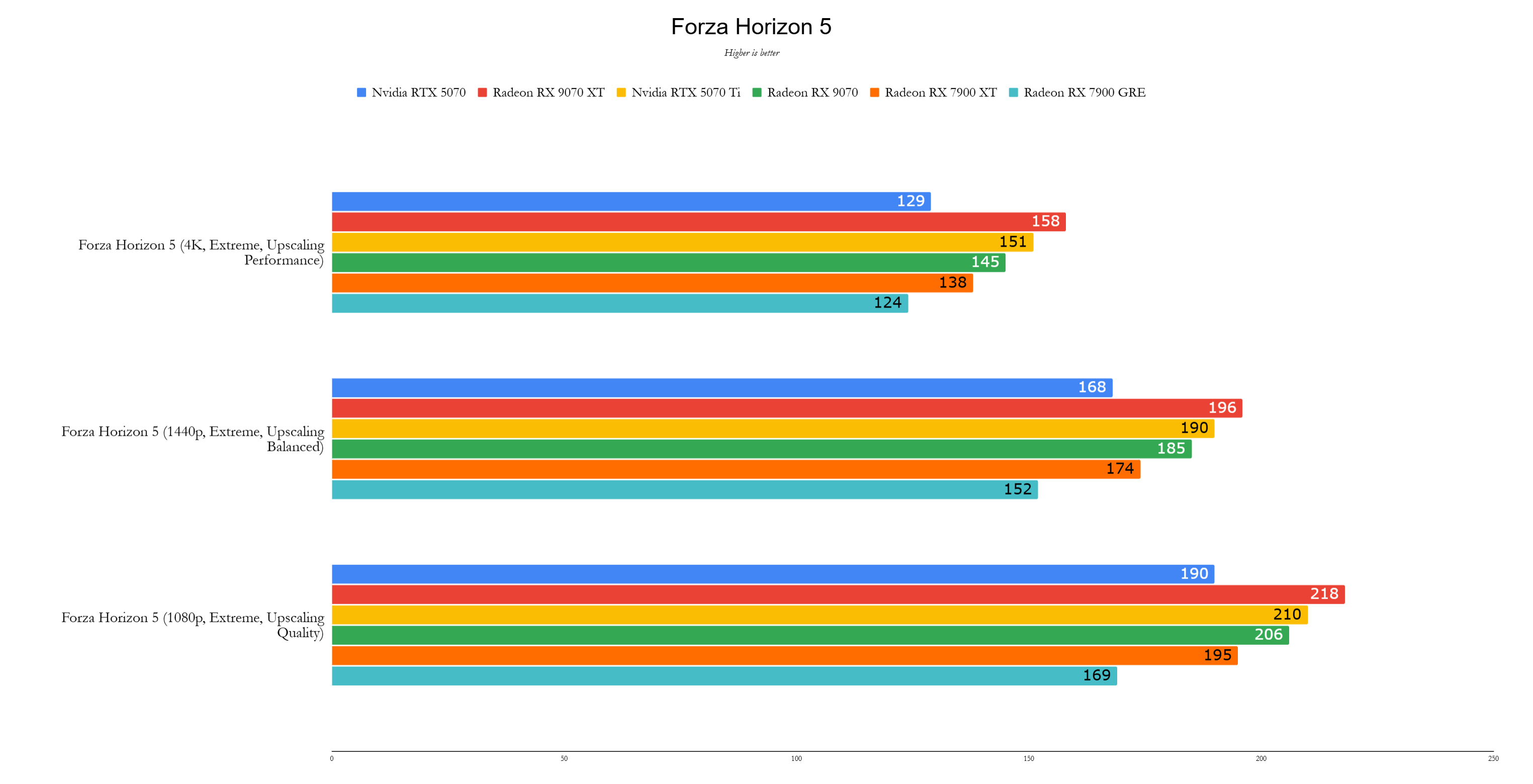
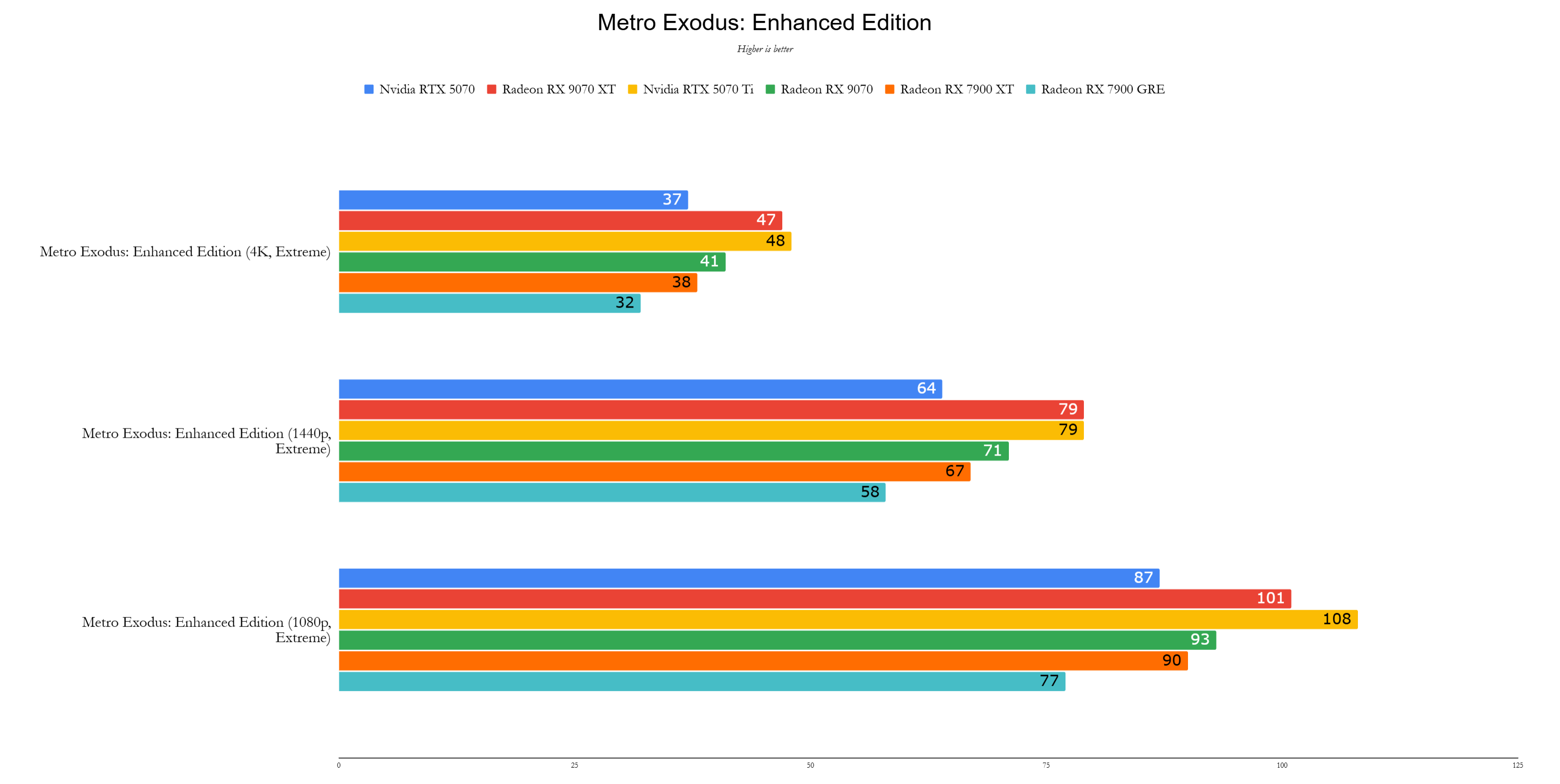
AMD's Radeon RX 9070 XT delivers impressive performance, particularly at its $599 price point. It outperforms the Nvidia GeForce RTX 5070 Ti by an average of 2% while being 21% cheaper. This card excels at 4K, maintaining its performance lead even with ray tracing enabled, making it an excellent choice for entry-level 4K gaming.
Testing was conducted with the latest drivers, including Game Ready Driver 572.60 for Nvidia cards and Adrenalin 24.12.1 for AMD cards, with pre-release drivers used for the Radeon RX 9070 XT and RX 9070.
In synthetic benchmarks like 3DMark, the Radeon RX 9070 XT showed a 18% improvement over the RX 7900 XT in Speed Way, though it trailed the RTX 5070 Ti by the same margin. In Steel Nomad, the performance leap increased to 26%, and the 9070 XT even surpassed the RTX 5070 Ti by 7%.
In specific games, the Radeon RX 9070 XT showed strong performance. In Call of Duty: Black Ops 6, it led the RTX 5070 Ti by 15%. In Cyberpunk 2077, despite Nvidia's historical advantage, the 9070 XT was only 5% behind the RTX 5070 Ti. Metro Exodus saw the 9070 XT match the RTX 5070 Ti's performance. In Red Dead Redemption 2, the 9070 XT achieved 125 fps, outpacing the RTX 5070 Ti's 110 fps. However, in Total War: Warhammer 3, it fell 13% behind the RTX 5070 Ti. In Assassin's Creed Mirage and Black Myth Wukong, the 9070 XT again led, demonstrating the effectiveness of its new Ray Accelerators. Forza Horizon 5 showed a 5% improvement over the RTX 5070 Ti.
The Radeon RX 9070 XT's launch feels like a strategic move by AMD, offering a high-performing GPU at a competitive price, reminiscent of the value seen in the GTX 1080 Ti. While not the absolute fastest on the market, it's a flagship that offers incredible value for most gamers.
AMD Radeon RX 9060 XT Confirmation Revealed
AMD has officially unveiled the Radeon RX 9060 XT at Computex 2025, building on the success of the RX 9070 XT released in March. While the details remain sparse, this mid-range graphics card promises exciting features for gamers. The AMD Radeon RX 9060 XT comes equipped with 32 Compute Units and a s
May 23,2025
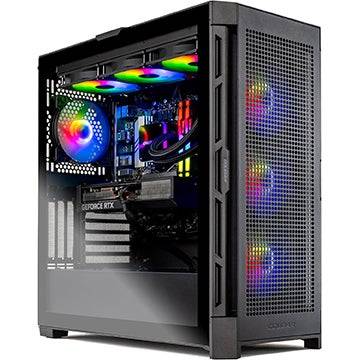
Amazon Slashes Price on AMD Radeon RX 9070 XT Gaming PC
Amazon is currently offering an exceptional deal on a high-performance gaming PC featuring the newly released AMD Radeon RX 9070 XT. The Skytech Blaze4 RX 9070 XT gaming desktop is now available for just $1,599.99 after a $100 instant discount, making it one of the most compelling prebuilt options o
Jul 24,2025

AMD Radeon RX 9070: Performance Unveiled
The AMD Radeon RX 9070 arrives at an intriguing time for graphics cards, right after the launch of Nvidia's latest generation, positioning the new $549 card in direct competition with the underwhelming GeForce RTX 5070. Currently, AMD has a clear advantage in this matchup, making the Radeon RX 9070
Apr 25,2025
Girls Frontline 2: Exilium Global Website Goes Live, Along With Its Socials!
Marvel Rivals: Understanding Bussing and Catching It
New Game Plus in Assassin's Creed Shadows: Confirmed?
Top Skills to Prioritize for Yasuke in Assassin’s Creed Shadows
Assassin’s Creed Shadows Movements Reviewed by Two Parkour Athletes
Death Stranding 2 Release Date Unveiled in Massive Trailer
Pokemon GO Leak Teases New Adventure Effects
Top 25 Action Films Ever Ranked

Nintendo Denies Amazon Removal Over Sales Dispute
Dec 21,2025
Nintendo Switch Online Teases Smash Bros. for N64
Dec 21,2025

All's Justice in My Hero Academia: Release Date & Time
Dec 20,2025
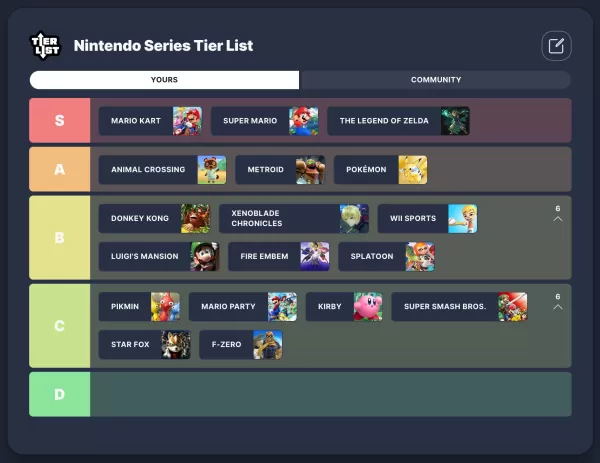
Is Mario Kart Top Tier? Ranking Nintendo's Biggest Franchises
Dec 19,2025

Billie Piper Returns to Doctor Who, Role Speculated
Dec 19,2025